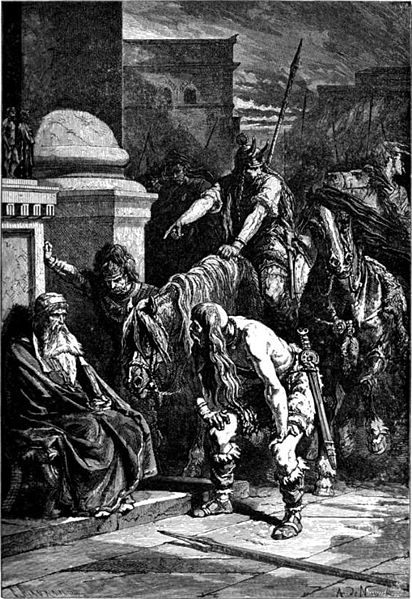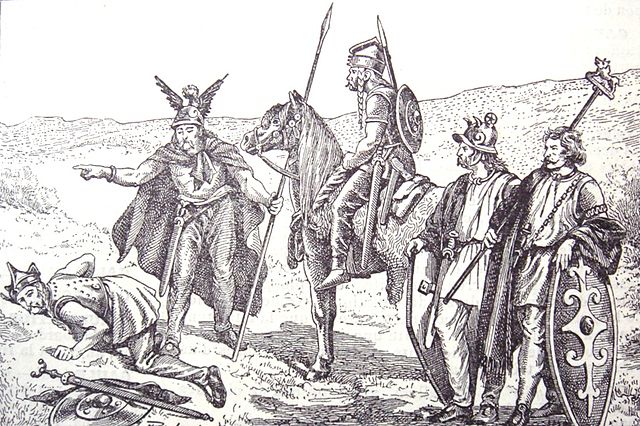Galatia was an ancient area in the highlands of central Anatolia, roughly corresponding to the provinces of Ankara and Eskişehir, in modern Turkey. Galatia was named after the Gauls from Thrace, who settled here and became a small transient foreign tribe in the 3rd century BC, following the Gallic invasion of the Balkans in 279 BC. It has been called the "Gallia" of the East.
Areas of Galatian settlement in the 3rd and early 2nd centuries BC
The Dying Gaul, Capitoline Museums, Rome
A Galatian's head as depicted on a gold Thracian objet d'art, 3rd century BC. Istanbul Archaeological Museum.
Galatian bronze horse bit, 3rd century BC, Hidirsihlar tumulus, Bolu. Istanbul Archaeological Museum.
Gaul was a region of Western Europe first clearly described by the Romans, encompassing present-day France, Belgium, Luxembourg, and parts of Switzerland, the Netherlands, Germany, and Northern Italy. It covered an area of 494,000 km2 (191,000 sq mi). According to Julius Caesar, who took control of the region on behalf of the Roman Republic, Gaul was divided into three parts: Gallia Celtica, Belgica, and Aquitania.
Gauls in Rome
Soldiers of Gaul, as imagined by a late 19th-century illustrator for the Larousse dictionary, 1898
Massalia (Marseille) silver coin with Greek legend, 5th–1st century BC.
Gold coins of the Gaul Parisii, 1st century BC, (Cabinet des Médailles, Paris).








